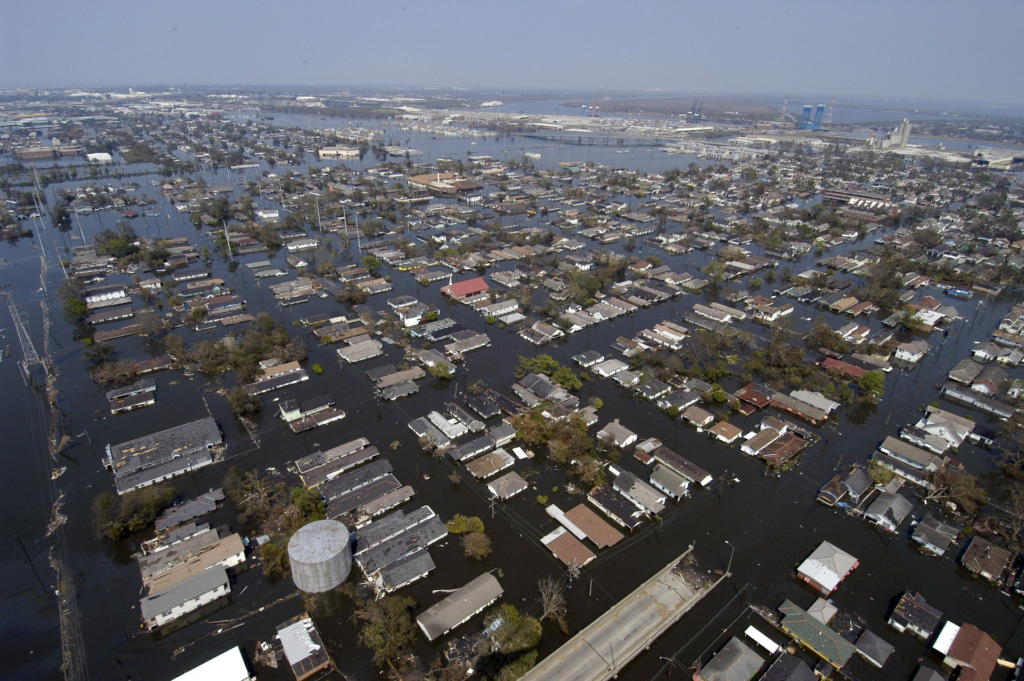
There are a lot of important things to know about preparation for flooding. You never know when it’s going to happen, and when it does, it’s usually costly and devastating. Some people who live in low-lying areas should always be concerned with making sure their homes and other properties are well protected against any potential flooding. Floods can occur for several reasons, such as runoff from high rivers or creeks that feed large lakes, overflowing storm drains, or even clogged storm water pipes. Regardless of the cause of the flooding, it’s still a serious situation, and you will want to be prepared.
The importance of preparing for flooding can be illustrated in a basic manner. Consider the following scenario: You have a small garden shed on your property, along with some land surrounding the shed. Your main house sits directly across the road from your shed, and your back door leads right into the front yard of your home. Now, if a heavy thunderstorm were to strike, and flood the road, would you save your belongings in your small garden shed? Obviously not.
For you to save your belongings in the event of such an occurrence, it is important to build some type of flood insurance policy. It doesn’t matter whether you’re purchasing this insurance while you own the home, or as part of a lease agreement, there are many options available to you. This type of insurance can cover everything from your property to expensive pieces of machinery.
While flood insurance is certainly important, it’s equally important to have some sort of home insurance as well. This will cover things like your belongings, as well as any items you have left behind while trying to save it. Having both policies is a good idea, as it will give you peace of mind that you will be able to recover financially if you must, and make certain that whatever you have left in place, you will be able to replace.
The importance of preparing for a flood doesn’t stop there. If your home or business is located in a low area, you should make sure that you have flood insurance as well. If you can afford to get a couple of extra policies to cover you in the event of a catastrophe, it’s a good idea to do so.
The importance of preparing for a flood does not end with protecting your property and belongings. You should also be thinking about your neighbors and community. It’s important that you do your part to help prevent flooding from happening to other areas as well. Preparedness is the best way to make sure that your preparedness techniques and methods are foolproof.
2. What to do before a flood
Flood insurance can save you a lot of money if you have property that is in the flood zone. If you live in an area where there is a high chance of flooding, you will need flood insurance to help you recover. In most cases it is a wise idea to buy flood insurance even if you do not live in a flood zone. It may cost you a little more, but it will be far less than paying for rebuilding your entire house.
The key to protecting your property and possessions from flood damage is to buy flood insurance before a flood. There are many different types of flood insurance policies available and you need to choose the one that best suits your needs and budget. Here are some steps you and your family will be able to take to prepare for possible flood damage:
Most homeowners insurance does not typically cover flood damage. In fact, if you have flood insurance coverage on your mortgage, it is highly recommended that you keep it up to date. This is because flooding is usually considered to be a pre-existing condition and not a condition that has developed after the fact. If you buy a flood policy when you first buy your home, make sure you check with your insurance company to see if they cover flooding as part of their standard policy. You might also check online to find out what type of coverage they offer.
Make sure you know the elevation and location of your house. Most insurance companies will require you to verify that the land in your flood zone is not higher or lower than regular grade. If you live in an area that is prone to flooding, make sure there is no underground water source. This can be accomplished by installing a sump pump. It is imperative that the sump pump is installed by a licensed professional so that it is installed properly, and no mistakes are made during the installation process.
After you have found out your flood zone classification, you should begin looking for flood insurance quotes. In general, the cost of flood insurance is not cheap, but there are ways to save money on the cost. Most insurance companies offer discounts for certain elements of your home, such as having a fire alarm, sump pump, or a garage door that is protected by a local fire code. In addition, some insurance companies will give discounts for having windows or doors that are designed for prevention of leaks. If your home has these types of features, you will need to talk with your insurance agent about the savings that you can realize.
In the end, it is important to know what to do before a flood in order to protect yourself and your belongings from water damage. Your best line of defense against water is prevention and by making sure your home meets all local codes, installing items like smoke detectors, sump pumps, and fire alarms, you will be able to save money on your insurance premiums. Being prepared is your best line of defense against any disaster, natural or man made.
3. What to do during and after a flood
One of the most terrifying experiences that a person can go through is being trapped in a home or other property when it is in the midst of a flood. There are many important things to do during and after a flood, such as: keeping the family safe, restoring basic amenities, and preventing further damage. When assessing the damage in a flood zone, flood insurance agents will also check with a homeowner’s insurance company on methods of addressing the immediate disaster. There is much to be learned about flood zones, flood insurance coverage, and flood restoration techniques.
The National Flood Insurance Program (NFIP) was established by Congress to help offset the costs of damage and loss resulting from hurricanes, tornadoes, floods, and other natural disasters. It is administered by the Federal Emergency Management Agency (FEMA). The program is voluntary, but many insurance providers have agreed to participate in NFIP to ensure that they are not left out of pocket when hurricanes and other catastrophic events cause flooding. Homeowners who live in an NFIP flood zone can apply for a Federal Flood Insurance Credit, which allows them to save money on their insurance premiums. If you currently hold a homeowners policy that is not rated high enough to qualify for this discount, contact your provider immediately to find out what you can do to receive a rate increase.
Once a home has been deemed a potential risk for flooding, it must be repaired or rebuilt to meet current standards. It may be necessary to add a basement, remove part of the home, or relocate appliances, but more often than not, all damage from the flood will be addressed. As long as the home is livable, homeowners should focus on building a new house rather than repairing an old one. If the damaged home has structural issues related to the flood, structural replacement may be necessary. After the flood insurance has paid for rebuilding expenses, a land survey can be taken to determine the price of the property. Flooding can cause a power outage but you should still unplug all electrical appliances if your home is in danger of flooding after a flood or a natural disaster it is important to contact your utility service provider such as your water and PECO utility’s.
After the damage from flooding is assessed, a property owner may choose to repair the damage, including any conservatory doors repairs, and retain all of the coverage provided by the policy. Or, if a flood insurance renewal is necessary, a homeowner may wish to file a claim for all of the flood-damaged items and then add flood insurance at a discounted rate. When considering the purchase of additional coverage, it is important to consider the long term, as opposed to the short term. Water damage can be repaired easily, but there is often a great deal of expensive restoration required after the fact. In addition, often, items such as furniture can be totally ruined. Therefore, it is a good idea to purchase the coverage required to rebuild the property, including new flooring, carpet, and kitchen cabinets, as well as insurance to cover contents and belongings.
There are many benefits to having both home insurance and flood insurance at the same time. A basic policy will cover damage resulting from water seeping into the property and into personal property. Some policies will also cover water damage caused by plumbing issues or other sources of water damage. A comprehensive policy will include any physical damages resulting from water damage and will also provide coverage for demolition and property reconstruction.



